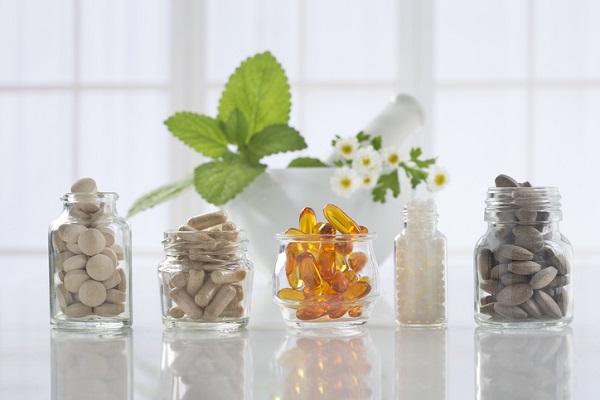
According to Health Canada, fruits and vegetables are the best food sources of vitamin C. Things like red cabbage, strawberries, and citrus fruits have this vitamin, which helps the body absorb iron, heal wounds, and acts as an antioxidant. How else can people get vitamin C? This natural health product is also available in tablet form.
Other Natural Health Products (NHPs) include:
- Herbal remedies
- Homeopathic medicines
- Probiotics
- Amino acids
- Much more
NHPs are regulated by Health Canada to ensure that Canadians are getting safe, effective, and quality goods. How is the quality of NHPs assured and maintained? Keep reading to find out.
Natural Health Product Regulations
Although NHPs are subject to different regulations and requirements than prescription drugs, those who are licensed to manufacture and sell NHPs must still follow Good Manufacturing Processes (GMPs). GMPs constitute one important area of focus for quality control training courses.
Ensuring the quality of NHPs is up to the licence holders, who will employ quality assurance and quality control personnel to help fulfil requirements set out by the Natural Health Product Regulations (NHPR). The role that quality assurance personnel play in GMPs is essential to the “Four Ps” of GMPs, which are detailed next.
Quality Assurance and The Four Ps
It is up to the licensed manufacturer to ensure that the quality of an NHP is upheld in accordance with GMPs. To understand how the GMP framework functions and the role of quality assurance personnel (QAP), it is essential to be familiar with the “Four Ps.”
- Premises: The site of manufacture must be set up to ensure proper sanitation, prevent contamination, have the right equipment and systems, and facilitate proper processes.
- Personnel: All staff involved in manufacturing an NHP must be qualified by education, training, or experience to perform their role.
- Processes: Processes must be documented and logged. They include cleaning, sanitation, and handling processes—along with any procedures related to health and hygienic behaviour, as well as the clothing of personnel.
- Products: The detailed specifications of a product must comply with the NHPR

Quality assurance includes proper training, documentation, and testing of all four Ps
With respect to GMPs, quality assurance and control mainly refers to the safety and efficacy of an NHP along with ensuring it is in compliance with the NHPR. However, quality assurance also refers to making sure the way the “Four Ps” are organized and maintained in a manner that is clearly outlined and documented.
Examples of Quality Assurance and Quality Control for NHPs
The details of quality assurance and quality control will likely differ between the manufacture of vitamins and homeopathic medicines, for example. However, the general principles and practices that ensure quality are the same. Here are a few examples of the responsibilities of QAP:
- Documentation of methods used for testing and examining the NHP
- Review and maintenance of batch records
- The set up of procedures for handling complaints or instances of adverse reactions
- Establishing and monitoring proper storage conditions that maintain the quality and safety of the NHP

Before an NHP makes it to the shelf for sale, it must be approved by QAP
In order for Health Canada to be able to protect consumers and ensure that NHPs are safe and effective, quality assurance an integral part of every stage. Guidance documents and regulations help QAP, manufacturers, and Health Canada work together to make sure the NHPs on the shelf meet a high standard.
Do you want to know more about quality control courses?
Visit the Academy of Applied Pharmaceutical Sciences today!



